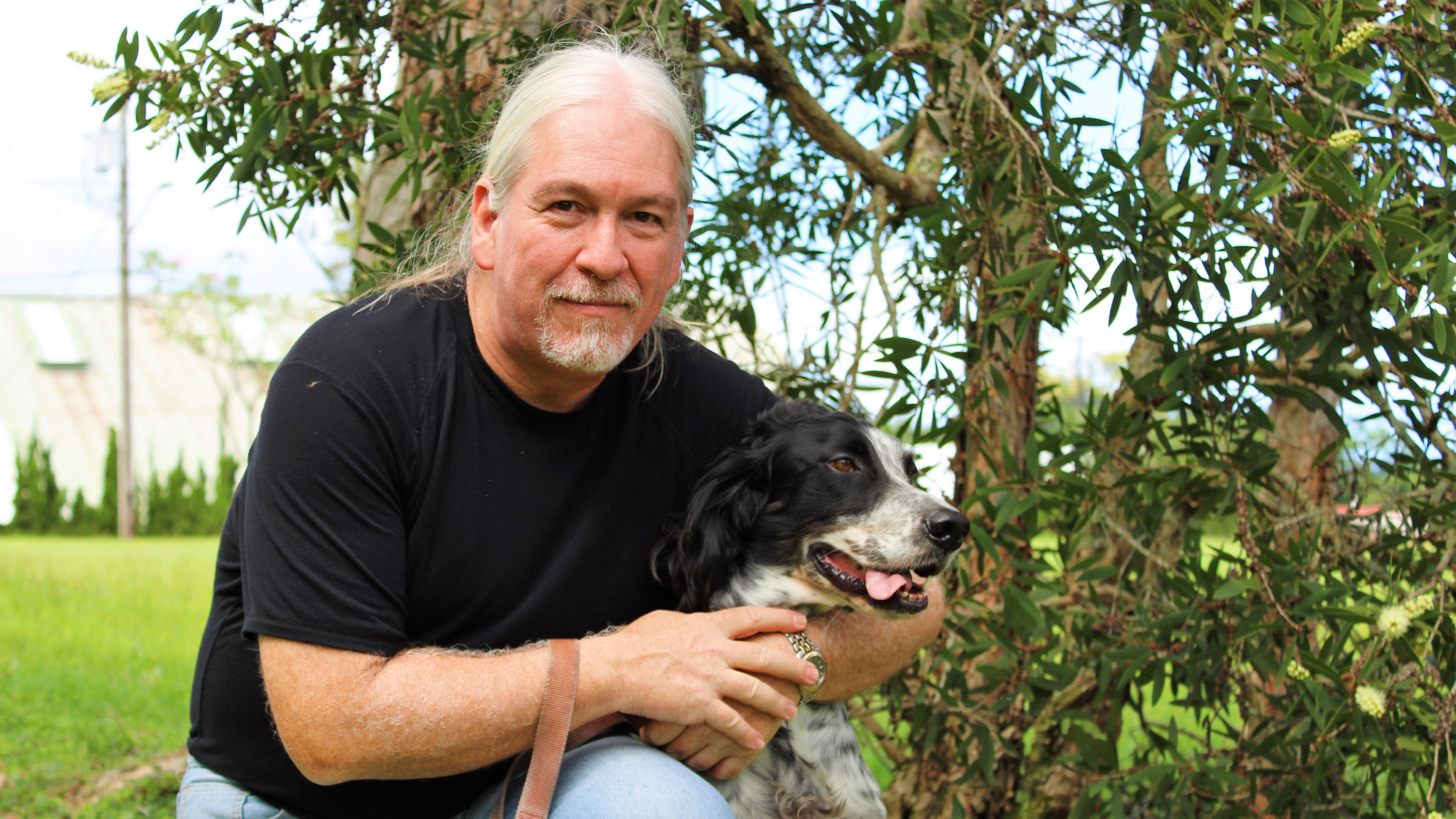Philippe Binder knows that when physics students can learn and use introductory scientific terms and concepts in their native tongue, they are more likely to understand the subject. The knowledge comes in part from his experiences in teaching university-level physics in South America before coming to the University of Hawai`i at Hilo.
A faithful translation of physics terms into indigenous or less-common languages is a tricky enterprise. A first step is the identification of a core vocabulary in the subject.
Binder, a physics professor in UH Hilo's College of Natural and Health Sciences, got to thinking about creating a way to help those students learn introductory physics terms some years ago when a student asked why physics wasn’t taught in Hawaiian at the Hilo campus.
The idea sat on a back burner until two years ago, when he began to lay the groundwork for his Science Lexicon Project. With assistance from linguistics and data science students, Binder started with introductory mechanics, using a digital version of a standard physics textbook and a software program that counted the words and ranked them. This study was published earlier this year by the European Journal of Physics. He plans to do similar work for other areas of science, including astronomy, environmental science, ecology and climate science.
Grant allows research to move forward
This year, his work to translate those terms received a huge boost with a three-year grant from the Reid Hoffman Foundation that will allow Binder to spend more time on the Science Lexicon Project and will also allow him to hire several undergraduate students to assist with the research. Reid Hoffman is the co-founder of the business social networking site LinkedIn.
“The grant allows me a lot of freedom to do things that I otherwise couldn’t do,” Binder said.
Binder’s goal is to make learning introductory physics easier for undergraduate students who may be more comfortable learning in their native languages so they have a strong base before moving on to upper level courses that are usually taught in English or a few other widely spoken languages.
Having a better understanding of the terms in their own languages will help build a stronger foundation for physics majors, but also students in other majors, such as engineering, who must take introductory physics classes.
“Especially at the introductory level, having the language you speak well available to you is of a lot of help,” he said. “What happens is very often people will learn using material in English or in the student’s native language. But homework or discussions are conducted in the language they are most comfortable in.”
Binder saw that with his students when he taught in his native Colombia and also in South Africa, where he took his last sabbatical.
While Binder has found that some physics words have been coined in Sign Languages, Hawaiian, Haitian Kreyol, Maori and the Nguni language family of South Africa (which includes isiXhosa, isiZulu, siSwati and Ndebele among others), his work has inspired language developers to take a more systematic approach to vocabulary building for physics. He is now in regular contact with many of them.
“It all started coming together that people might be interested in this,” he said. “The idea now is to make what we’re doing available to as many places as possible so that they can build up a physics vocabulary.
“The initial goal is to publish papers that get disseminated widely in the teaching community so people have these sets of words,” he said.
A 'complete catalog' of languages
The eventual idea is not only to have a list of words – a template that people can use in other languages, but also “a complete catalog of the physics language of instruction in as many countries as we can.”
Binder said the lexicon will also help open a two-way conversation on physics with Indigenous peoples to learn about their traditional practices that may have involved physics principles, such as Native Hawaiians’ knowledge of navigation and wayfinding.
Binder said the climate-related events of this summer have also underscored for him that “the language of climate change is far more critical for us than physics,” so he plans to work with those terms as well.
-- Janis Magin
Updated:
Questions? / More Information
If you would like to learn how you can support UH students and programs like this, please contact us at 808 376-7800 or send us a message.
